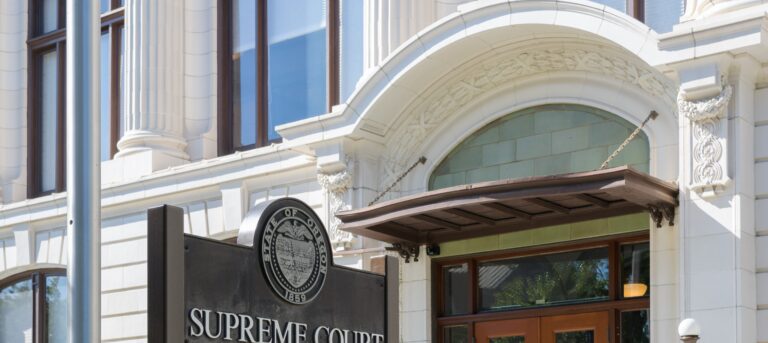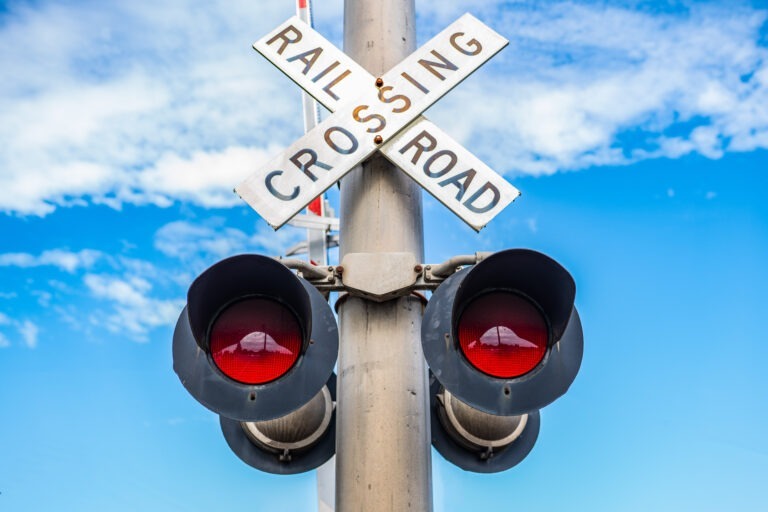So You Paid PIP and the UIM Case Is Going to Trial. Can the PIP Payments Be Disclosed to the Jury and How Do You Preserve Your Offset?
From the Desk of Josh Hayward:
In this case, the plaintiff brought an underinsured motorist claim against her insurance company State Farm Mutual Automobile Insurance. Plaintiff claimed that she incurred more than $150,000 in related medical bills but only requested $100,000 (her UIM policy limit) in her prayer for relief. The trial court granted State Farm a PIP offset because the damages awarded by the jury did not exceed her underinsured motorist limits. Plaintiff appealed.
Claims Pointer:
The Oregon Appellate Court held that: (1) PIP payments in an uninsured or underinsured motorist (UM/UIM) claim function like PIP payments in a typical tort claim, and may be offset in a post-trial proceeding; (2) the trial court correctly excluded evidence of State Farm’s PIP payments since plaintiff sought to offer the evidence to show that since State Farm paid $15,000 in PIP benefits, they essentially admitted that all the treatments paid for were related to the accident; (3) the trial court did not err in denying plaintiff’s petition for attorney’s fees because State Farm sent an appropriate Safe Harbor letter.
Koenig v. State Farm Mut. Auto. Ins. Co., 315 Or App 28 (Oct. 6, 2021).
Facts:
In July 2016, plaintiff was injured in a motor vehicle accident involving an underinsured vehicle. She brought a UIM claim against her own auto insurer, State Farm. Plaintiff’s policy with State Farm provided UIM coverage of $100,000. Plaintiff claimed $158,814.88 in medical bills related to the accident but only requested an award of $100,000. State Farm made an “advanced payment” of UIM benefits in the amount of $17,265.59. State Farm also paid $15,000 in PIP benefits. State Farm sent a “safe harbor” letter accepting coverage and agreeing to binding arbitration limited to the issues of liability and damages only.
At trial, State Farm moved to exclude evidence of the PIP payments. The court excluded the evidence and offered to let plaintiff amend her prayer to seek an award in excess of $100,000 since she claimed that she incurred $158,814.88 in related medical bills. Plaintiff’s counsel refused to amend his prayer and request more than $100,000. The court instructed the jury to determine the amount of damages. Since State Farm had already paid $17,265.59 in UIM benefits, this left the maximum damages that could be awarded to plaintiff at $82,734.41. The jury awarded plaintiff $82,734.41 in economic and non-economic damages. In the post-trial proceeding, the court granted State Farm an offset of the $15,000 PIP payments. Plaintiff appealed to the Oregon Appellate Court.
Analysis:
In this appeal, the court looked at three issues. The court first considered whether State Farm was entitled to an offset of $15,000 for the PIP benefits against the damages award or whether State Farm had to prove its PIP payments as an affirmative defense to be entitled to the offset. The court held that PIP payments in an UM/ UIM claim function like advanced payments and could be offset in a posttrial proceeding. UIM and PIP benefits stack if damages exceed the UIM policy limit. When damages do not exceed the UM/UIM limit, PIP benefits are reduced from the award to determine the amount of UIM benefits due. Because the plaintiff did not seek an award in excess of her policy limits, State Farm was entitled to the offset. Pursuant to ORS 31.555, a post-trial proceeding is the mechanism the legislature provided for the court to consider a PIP payment offset of a personal injury case involving a plaintiff and defendant tortfeasor. This is also the proper mechanism for a UIM claim.
The court next considered whether the trial court erred in excluding evidence of State Farm’s PIP benefits payment in the UIM trial. The court noted that a PIP claim and a UM/ UIM claim are different forms of coverage. A UM/UIM claim is a case within a case and the plaintiff bears the burden of proving the elements of a personal injury tort claim as if they were pursuing it against the tortfeasor. Because the consequences of disputing a PIP payment and the consequences of disputing damages in a UM/ UIM claim are different, the court refused to allow plaintiff to submit proof of the PIP payments by State Farm to show that State Farm would also owe UM/UIM benefits of at least the same amount.
Lastly, the court considered whether State Farm should pay plaintiff’s attorney’s fees since State Farm disputed damages based on causation. The court held that State Farm was protected from paying plaintiff’s attorneys’ fees because they complied with the safe harbor provision; admitted coverage; agreed to resolve any dispute in binding arbitration; and limited the issues at arbitration to the fault of the tortfeasor and the amount of damages. The court stated that the dispute about whether injuries were caused by the collision was an issue of damages, not causation. Therefore, State Farm was protected from paying plaintiff’s attorney’s fees.
The Big Picture:
If a plaintiff fails to seek an award that exceeds their UM/UIM policy limits, an insurance company will usually be entitled to offset their PIP payments from the award. Additionally, it is permissible for a Judge to preclude evidence of PIP payments in a UM/UIM case. The appropriate time for an insurer to seek their PIP offset is during a post trial proceeding pursuant to ORS 31.555. Finally, an insurer does not sail out of ORS 742.061 safe harbor by disputing whether certain injuries were caused by a motor vehicle accident.

















